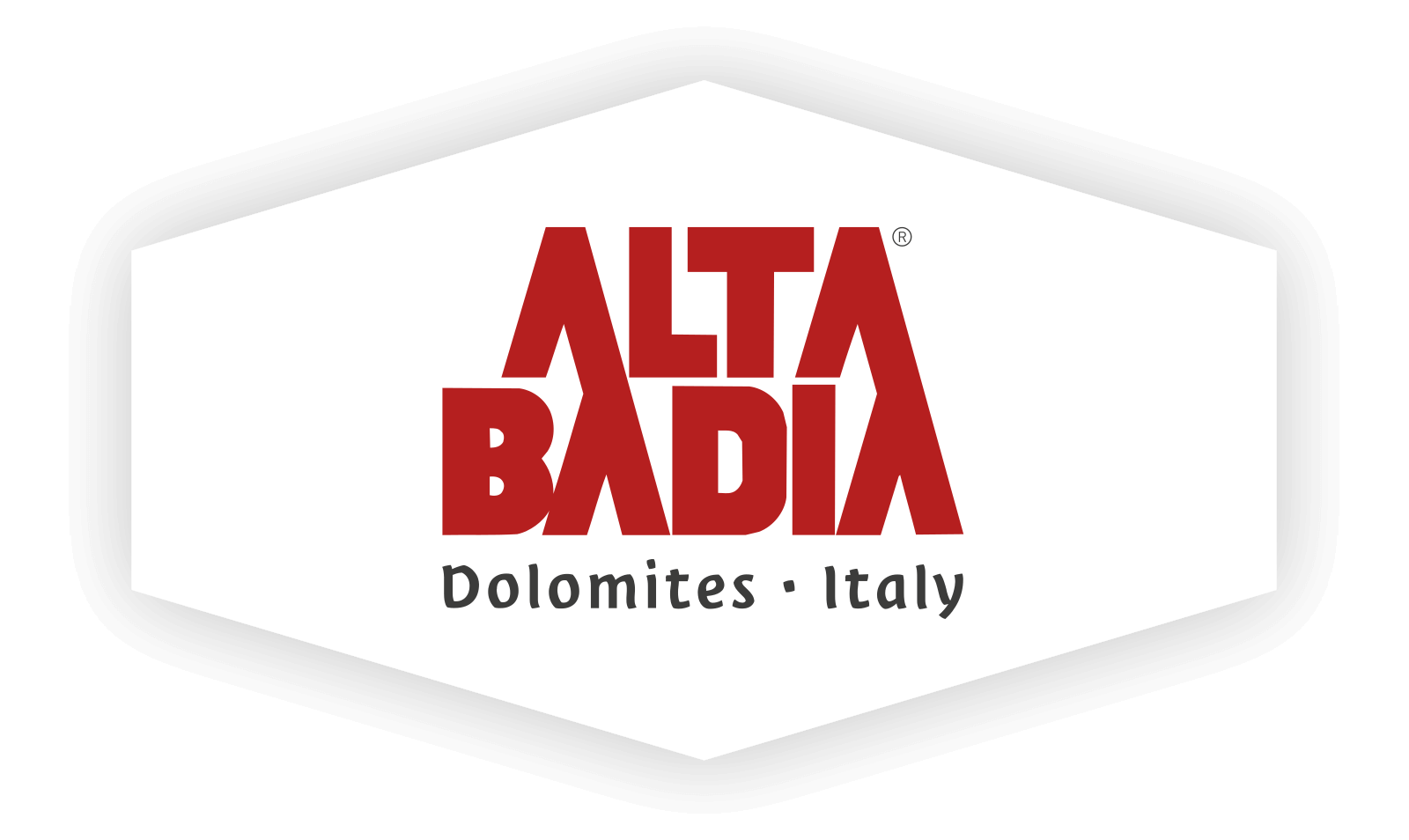- Home
- Dolomites
- Getting around in summer
- Summer in motion
- Sustainable mountain lifts

Responsible cable cars
Responsible mountain pleasure
Clean energy, alternative forms of mobility and responsible snowmaking and piste management are sustainable measures taken by lift operators to reduce their environmental impact.
These include the use of renewable energy, the use of cable cars as an environmentally friendly means of transport, and responsible snowmaking and grooming concepts that enable sustainable tourism in mountain regions.
Read more
Show less
Loading



































